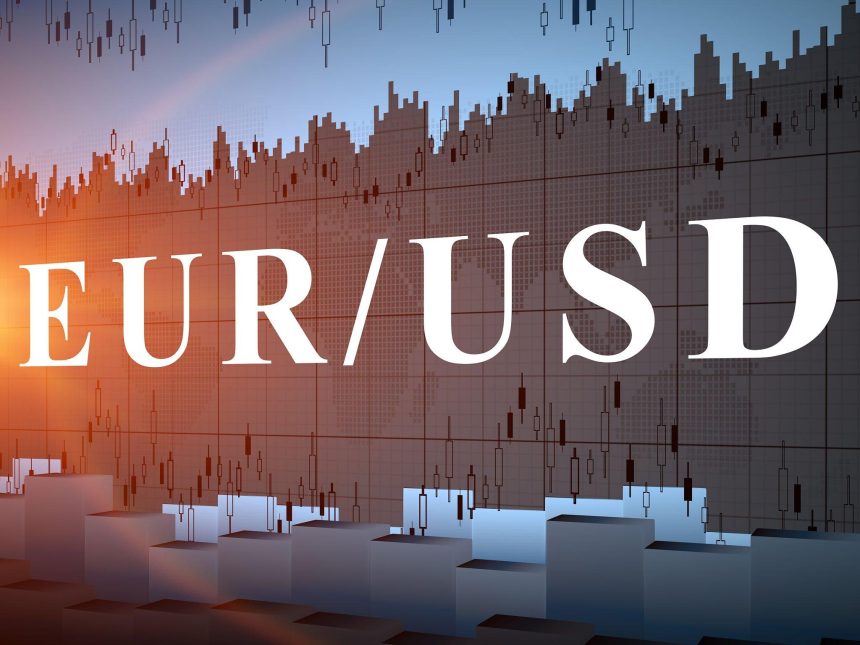EURUSD continues its gains from last week near 1.1120 as increased bets on Fed significant rate reduction weigh on the US dollar.
In Monday’s European session, the EURUSD extended its gains from the previous week, approaching 1.1120. The major currency pair rises as suspicion grows that the US Federal Reserve (Fed) will begin the policy-easing cycle forcefully on Wednesday, weighing on the US Dollar. The US Dollar Index (DXY), which tracks the Greenback’s value against six major currencies, falls dramatically to around 100.70.
According to the FedWatch tool, the probability of the Fed cutting interest rates by 50 basis points (bps) to the 4.75%-5.00% range in September has risen substantially to 61% from 30% a week earlier.
Soft US PPI and rising fears about the labor market prospects force Fed big rate cuts.
Market expectations for the Fed to cut interest rates by 50 basis points have risen dramatically as the US annual Producer Price Index (PPI) data for August came in sharply lower than predicted on Thursday.
Headline producer inflation increased at a slower rate of 1.7% year on year (YoY), compared to predictions of 1.8% and July’s figure of 2.1%. In general, a rapid slowdown in producer inflation caused by mounting concerns about the demand outlook, which occur as a result of families’ low purchasing power in a high-interest rate environment.
Meanwhile, market experts believe that The Fed will begin lowering interest rates at Wednesday meeting, citing concerns about deteriorating labor market conditions and increased confidence that inflationary pressures will return to the central bank’s target of 2%.
Investors will pay close attention to the August US Retail Sales data, which will be released on Tuesday, ahead of the Fed’s monetary policy decision. Retail sales are expected to have climbed at a slower rate of 0.2%, down from 1% in July.
Daily market movers: EURUSD rises as US Dollar falls.
The EURUSD performed mixedly against its major counterparts as the European Central Bank’s (ECB) interest rate lowering path remains uncertain. The ECB decreased the Rate on Deposit Facility. On Thursday, the Fed decreased interest rates by 25 basis points (bps) to 3.50%, as expected, but refrained from providing a predetermined rate path.
At the press conference, ECB President Christine Lagarde stated, “The interest rate decisions will be based on its assessment of the inflation outlook in light of incoming economic and financial data, dynamics of underlying inflation, and the strength of monetary policy transmission.”
Following the monetary policy announcement, comments from ECB officials have increased optimism that the bank’s war against Eurozone inflation is nearing an end. Joachim Nagel, an ECB Governing Council member and Bundesbank President, stated on Friday that “the inflation picture looks very good.” Nagel continued, “we are currently anticipating, as the evidence has demonstrated, that we will meet our inflation target of “2% by the end of next year.”
ECB anticipated to slash interest rates again in the fourth quarter of the year.
Financial market players currently expect the ECB to lower interest rates once more in the fourth quarter of the year, citing growing concerns about the German economy. Nomura analysts commented: “The way we think about Germany is that plentiful structural concerns – ranging from the country’s greater exposure to China and the global manufacturing cycle, the energy price ‘sticker shock’ still reverberating through the economy, and poor demographic trends (falling population, a rising dependency ratio) – have lowered the bar for any given cyclical downturn to result in recession.”









